Volkswagen’s iconic 'camper' gets an electric update. Meet ID. Buzz
ID. Buzz is the modern-day manifestation of the Volkswagen Type 2: the original multi-purpose vehicle. Plus, five alternative electric MPVs to consider
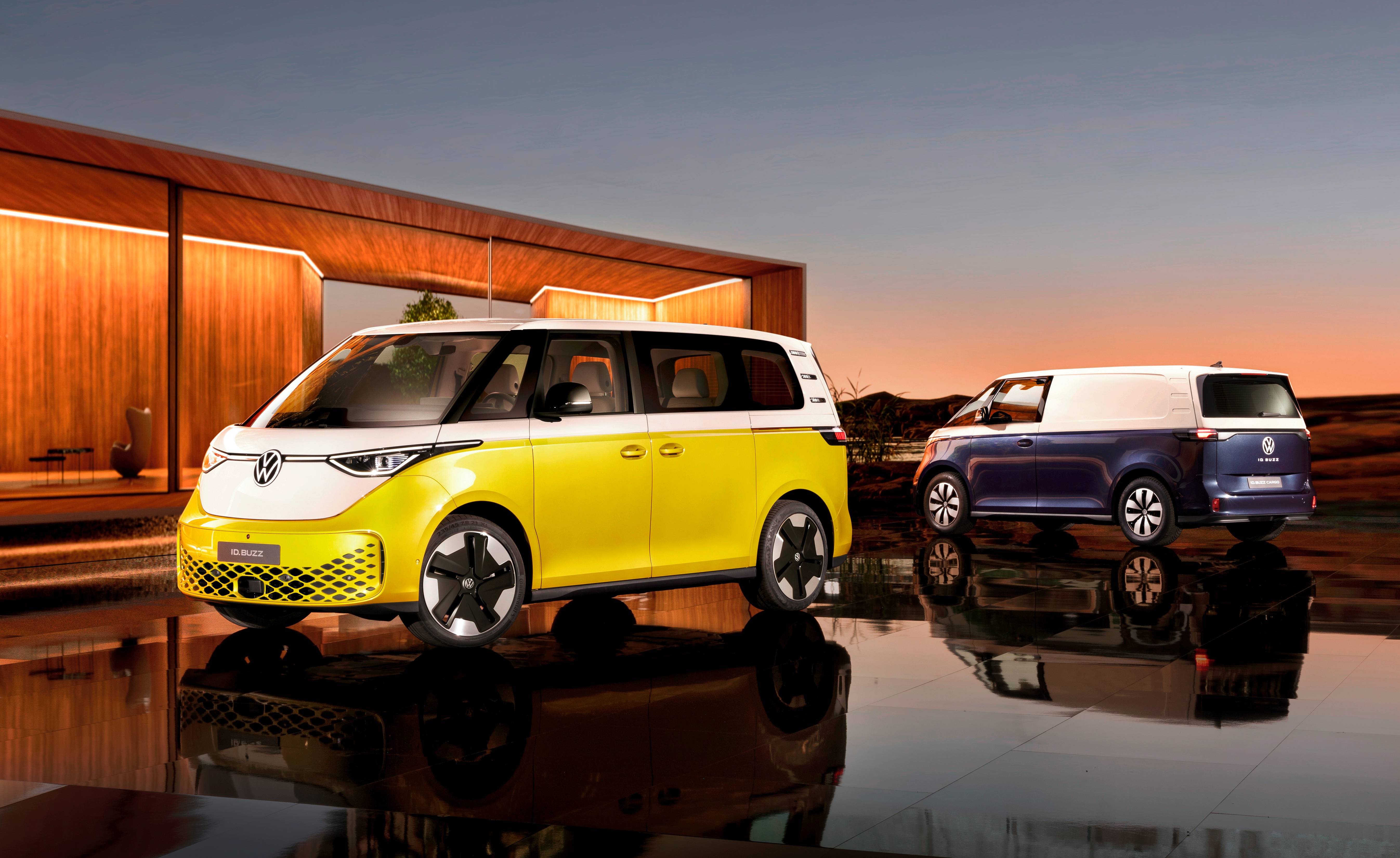
This is the new Volkswagen ID. Buzz, the long-awaited modern-day manifestation of one of the most iconic Volkswagens of all time, the Volkswagen Type 2. So named because it was second VW product after the original Beetle, the Type 2 was the original multi-functional utility vehicle. Produced as a passenger van, a transporter, a pick-up, a camper, and many, many other variants, the Type 2 became that rarest of things, a cult object that was also hugely successful. Introduced in 1949, the Type 2 evolved into the distinctive T2 of the late 60s, and the basic design brief survives all the way up to the newly introduced T7 Multivan, which currently co-exists with the T6.1 Transporter range for commercial customers.
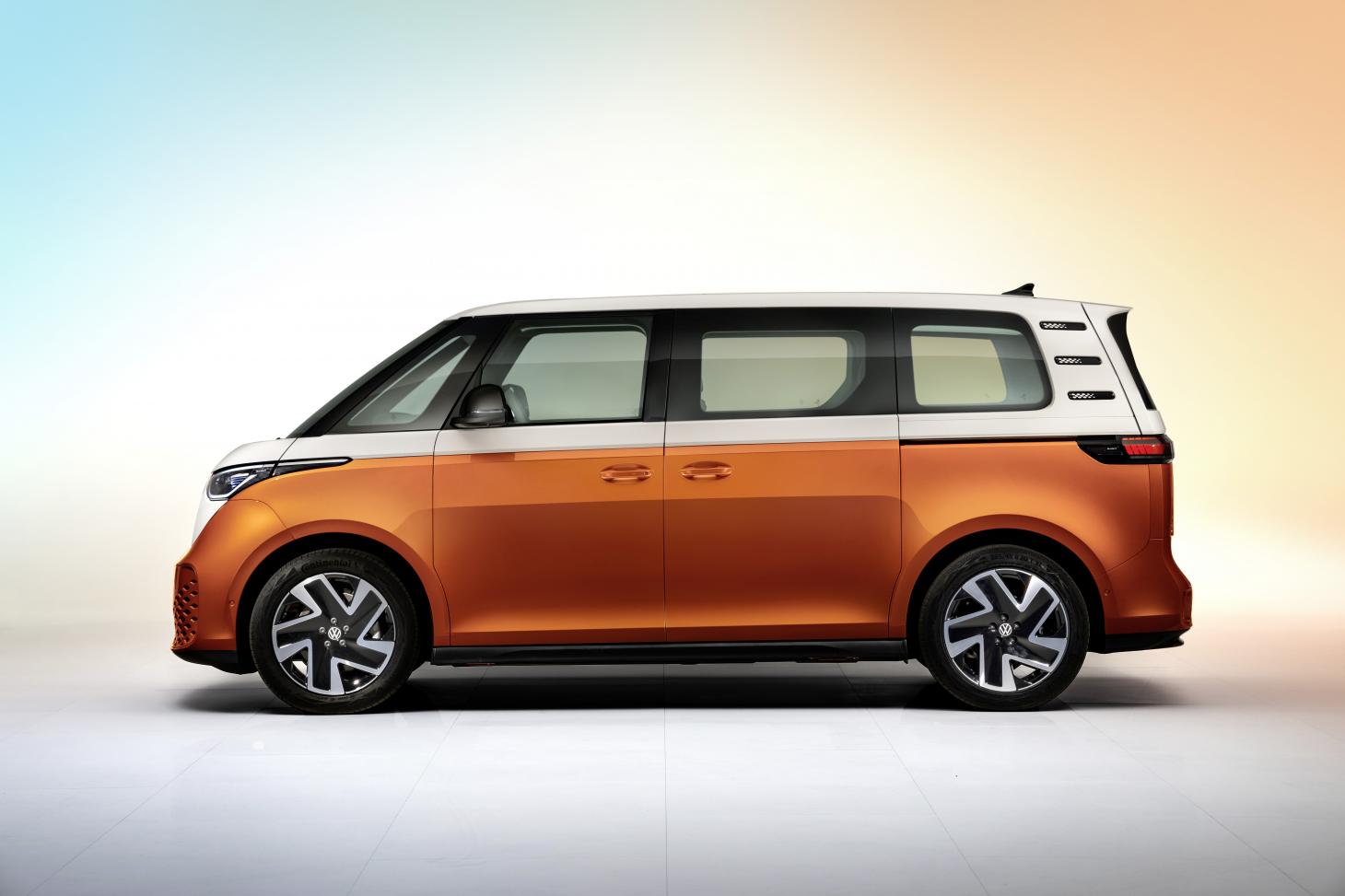
The optional two-tone paint scheme is a clear nod to the earliest Volkswagen vans
The ID. Buzz is different. As VW’s first all-electric commercial vehicle, it complements the regular hybrid and ICE range and comes in as a new flagship, available as both a passenger vehicle and the ID. Buzz Cargo panel van. Electrifying the latter seems like a no-brainer for crowded, polluted cities, and private customers are also crying out for a distinctive electric people carrier. The Buzz has certainly been a long time coming. Not only does the design reference the original 1949 machine, but it also has strong doses of the 2001 Microbus, an extremely well-conceived concept that was allegedly taken all the way to production readiness, only to be canned at the very last minute. In 2011, the basic shape re emerged as the electric Bulli Concept, which was followed by the 2015 BUDD-e Concept. In 2017, the ID Buzz finally broke cover in concept form.
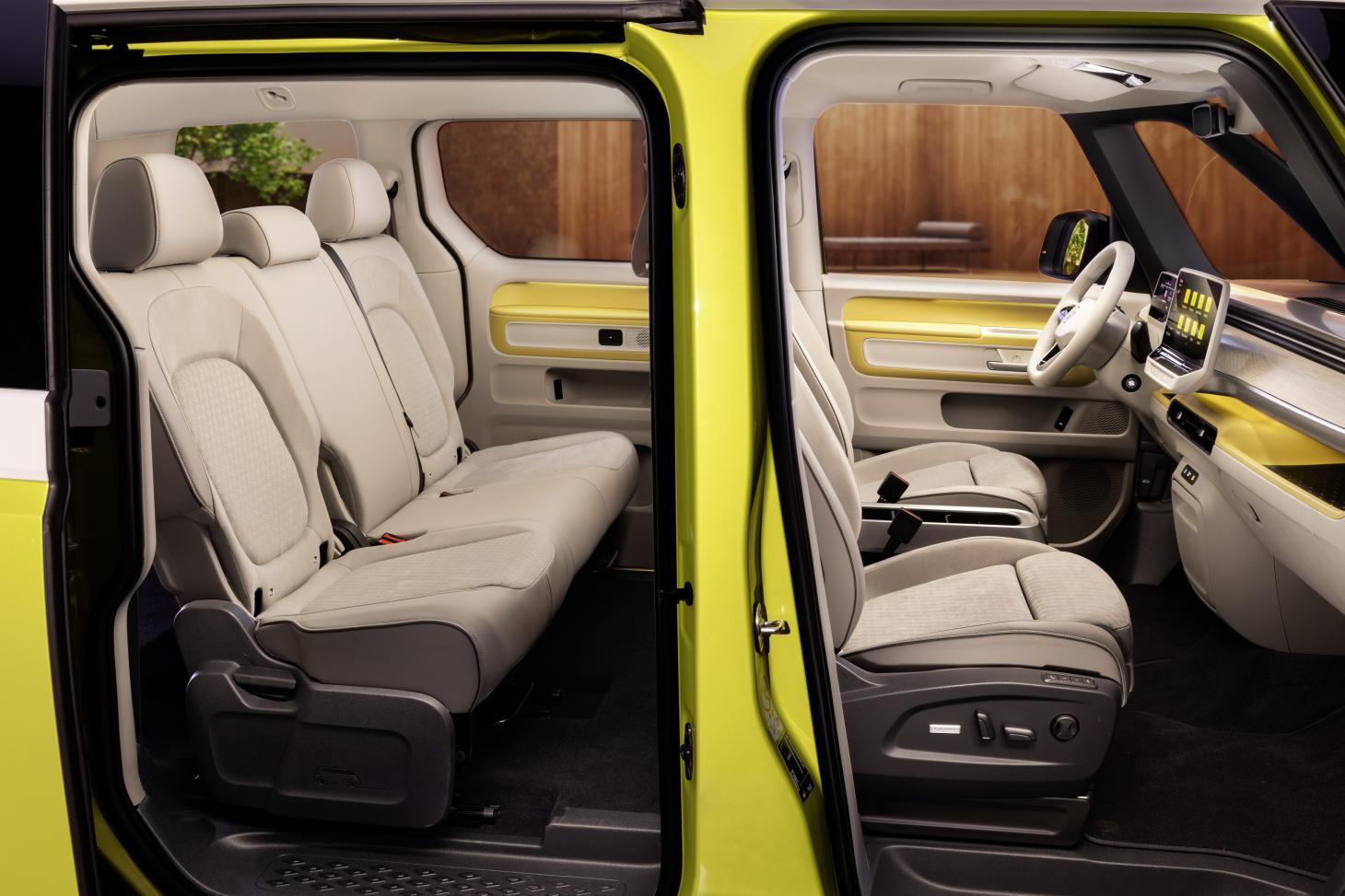
Volkswagen ID. Buzz interior features recycled plastic seat covers. A longer seven-seat version will follow
It's taken five years for that concept to reach production, during which time battery electric vehicles have improved substantially in terms of range. The one-box form sweeps back from the raked front end, where the focus falls naturally on the central ‘VW’ logo, just as it did all those decades ago. A generous glasshouse occupies the top third of the body, with sliding rear doors allowing easy access to a capacious interior. A seven-seater is on the way, and the interior features recycled plastics on the seats as well as ample connectivity. VW has also opted to make the ID. Buzz ‘bidirectional’, meaning the vehicle can supply energy from its own battery, whether for camping, or even providing domestic electricity to the home for short spells.

The Volkswagen ID. Buzz Cargo will be a sure-fire hit for urban deliveries
The ID. Buzz has taken a very long route to market and will finally be available to buy later in the year. For now, Volkswagen’s heritage will give the ID. Buzz an unassailable lead, with its attractive blend of practicality and personality. But as more and more people see the benefits of mono-box styling in an electrified, increasingly autonomous age, other start-ups are gearing up to steal some of VW’s magic.
So here are five alternatives to Volkswagen's ID. Buzz; available now, or in the (hopefully not too distant) future.
01. Canoo Car
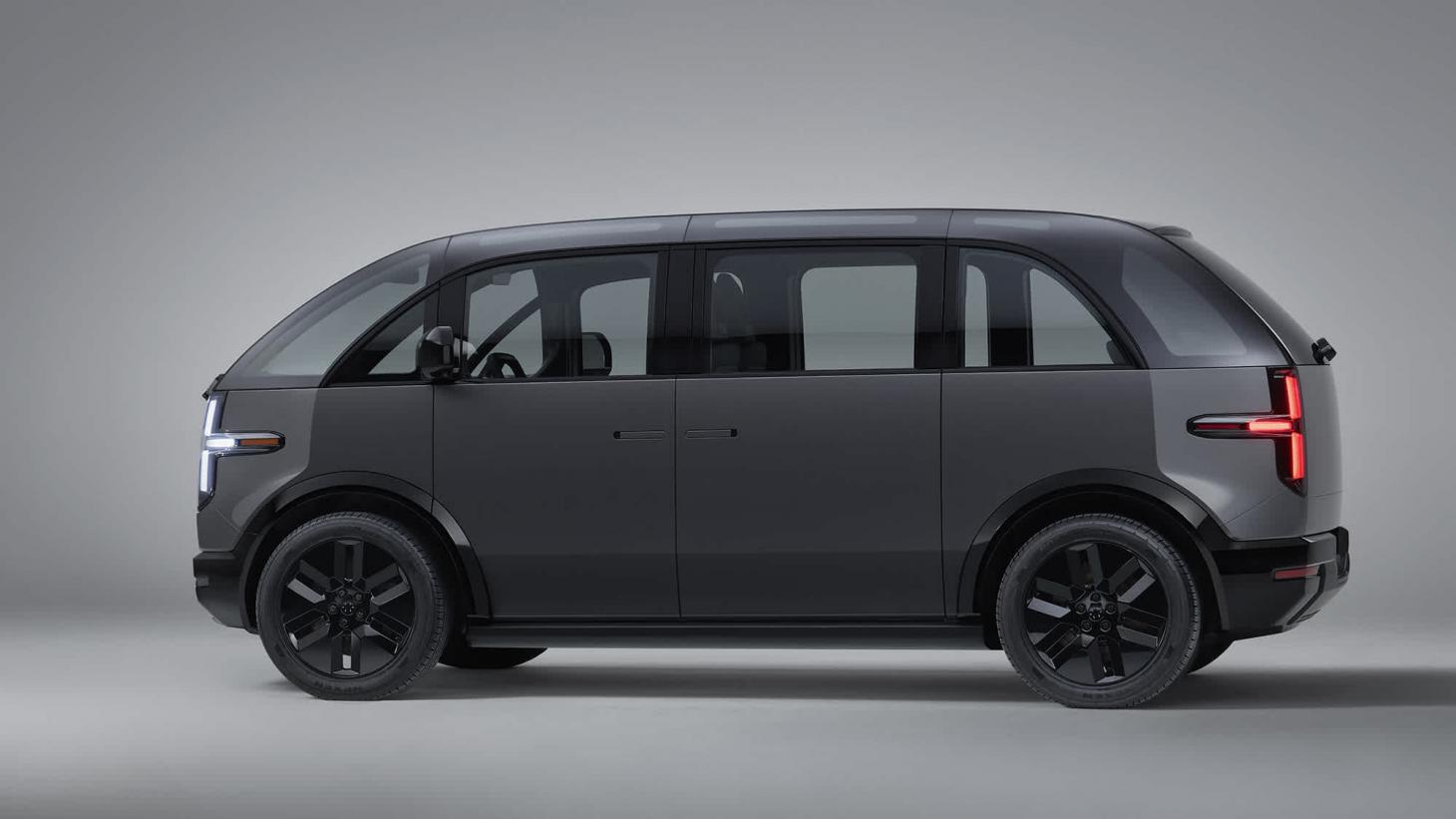

Receive our daily digest of inspiration, escapism and design stories from around the world direct to your inbox.
We’ve already chronicled the imminent arrival of Canoo, an LA-based company whose boxy lifestyle vehicle is billed as a 'loft on wheels' and is due to start shipping this year. There’ll be a delivery vehicle version as well, with the most basic Canoo starting at $34,750. The spacious interior has wraparound seating and there are plans for more rugged, all-terrain versions as well.
02. Arrival Car
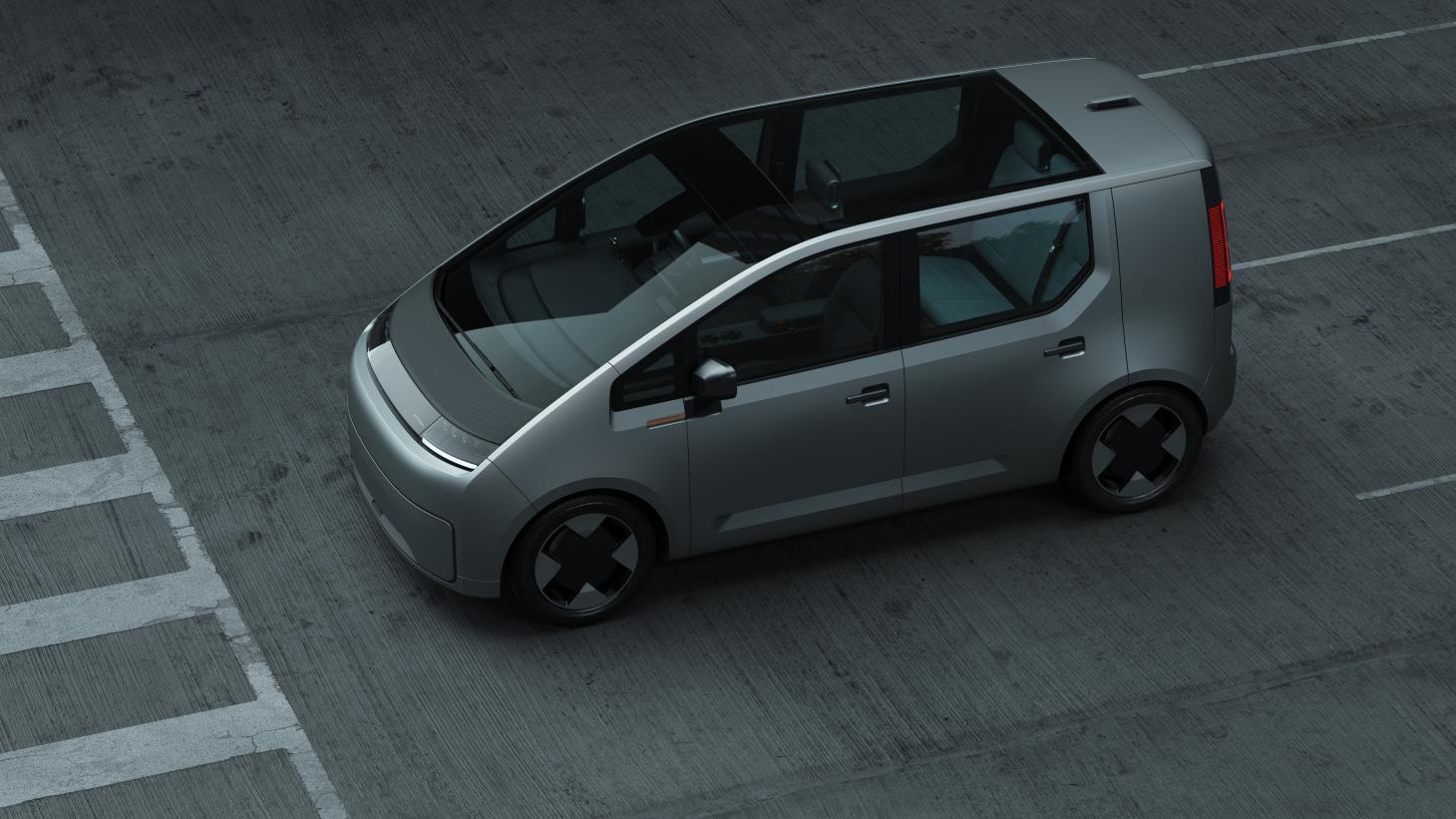
Other companies have partnered with ride-sharing firms, believing that the quickest route to market is to cater to their very specific requirements. Next year should see the appearance of the Arrival Car, the first in a suite of transport and utility-centric vehicles from this UK-based company. Your only chance of getting into one of these sleek compact MPVs is to hail one, for the first batch of Arrival Cars are destined solely for Uber drivers. The company is claiming an innovative manufacturing approach, with localised ‘Microfactories’ capable of building cars that are tailor-made for each neighbourhood, thanks to a modular style of construction that’ll eventually be applied to buses and cargo vans.
03. Waymo Zeekr
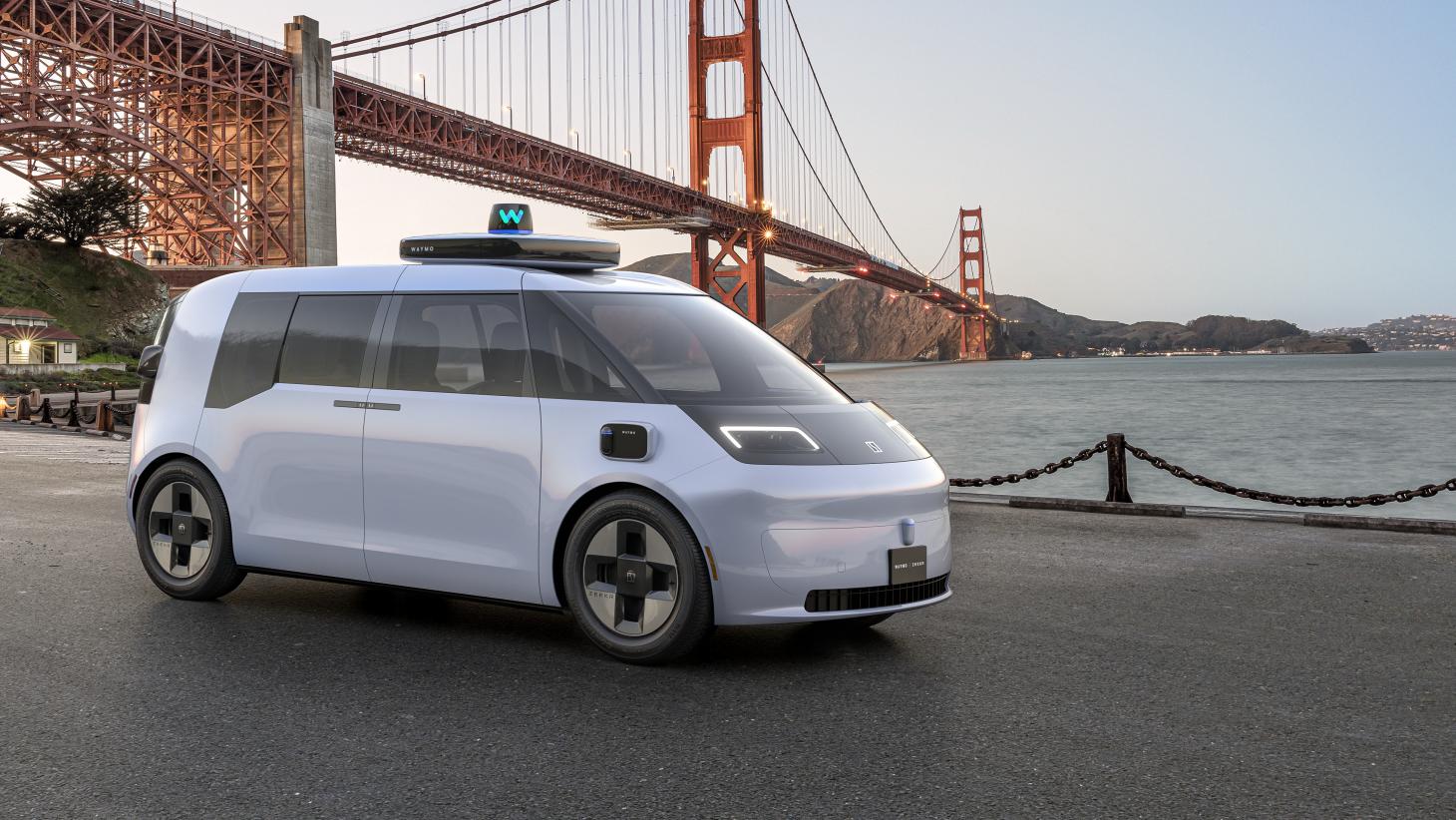
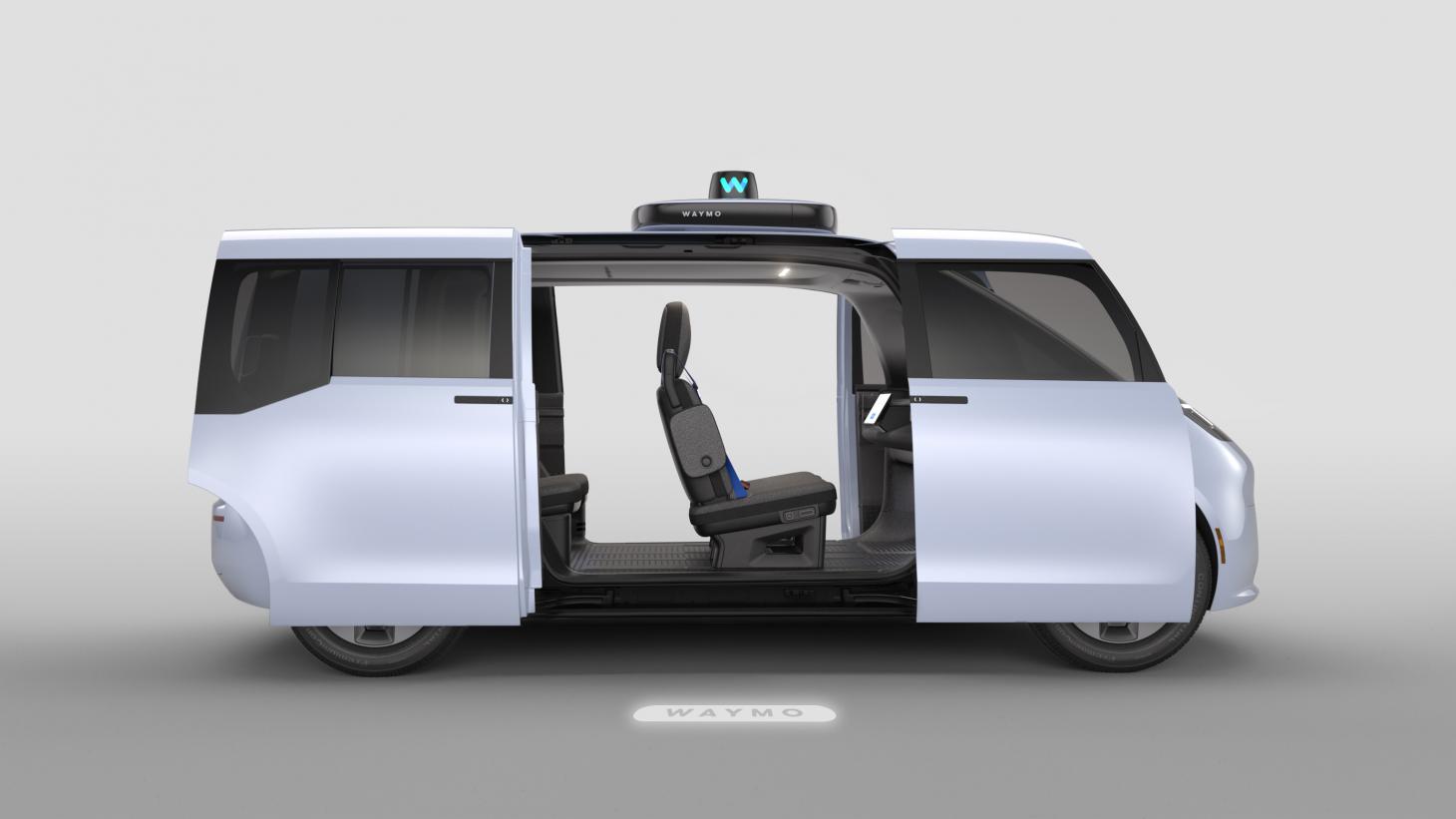
Not to be outdone, Google’s Waymo mobility division has paired up with Chinese manufacturer Geely to create a bespoke machine that will hone and refine the company’s autonomous technology. The Waymo Driver system will be integrated in a new vehicle from Geely’s Zeekr electric sub-brand, a pared-down minimalist modern taxicab with twin sliding doors and a full suite of sensors for the autonomous drive system.
04. Budget Airline Car


Cambridge-based Car Design Research offers another, rather more speculative, take on the utility car. Their Budget Airline Car concept doesn’t sound especially glamorous. Instead, the concept is an attempt to find a new mode of transportation to replace an environmentally maligned niche; the low-cost, short-haul flight. Noting that comfort and convenience are almost inevitably sacrificed to price, CDR’s Chinese-Indian team came up with a long, low electric six-seater designed to whizz efficiently up and down tomorrow’s highways. The pared-down interior features individual seats and space for luggage, and with an efficient electric drivetrain, the C02 emissions per passenger mile would be considerably lower than flying.
05. Hyundai Staria
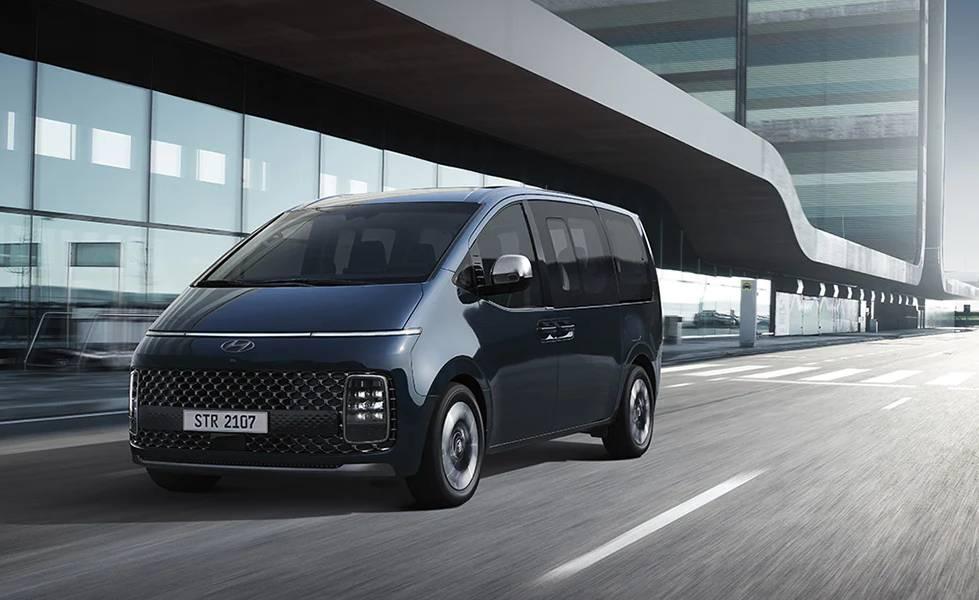
Finally, there’s the Hyundai Staria, a car you can buy right now, albeit only in certain global markets and with a conventional internal combustion engine. The wedge-like minivan splices the long-standing influence of the VW with another important car, Renault’s pioneering Espace MPV from 1984 (which in turn dated back to designs from the 70s, including Mario Bellini’s iconic Kar-a-Sutra). Although a hybrid is in the works, a hydrogen-powered Staria is also on the cards, due for release in 2023.
INFORMATION
Volkswagen ID. Buzz, from c£50,000
Jonathan Bell has written for Wallpaper* magazine since 1999, covering everything from architecture and transport design to books, tech and graphic design. He is now the magazine’s Transport and Technology Editor. Jonathan has written and edited 15 books, including Concept Car Design, 21st Century House, and The New Modern House. He is also the host of Wallpaper’s first podcast.
-
 Roland and Karimoku expand their range of handcrafted Kiyola digital pianos
Roland and Karimoku expand their range of handcrafted Kiyola digital pianosThe new Roland KF-20 and KF-25 are the latest exquisitely crafted digital pianos from Roland, fusing traditional furniture-making methods with high-tech sound
-
 Fulham FC’s new Riverside Stand by Populous reshapes the match-day experience and beyond
Fulham FC’s new Riverside Stand by Populous reshapes the match-day experience and beyondPopulous has transformed Fulham FC’s image with a glamorous new stand, part of its mission to create the next generation of entertainment architecture, from London to Rome and Riyadh
-
 A contemporary Mexican hotel emerges from a 16th-century ruin in Mérida
A contemporary Mexican hotel emerges from a 16th-century ruin in MéridaA renovation project by Zeller & Moye, Mérida’s new Hotel Sevilla wears its architectural interventions lightly, mixing new brutalist elements into listed interiors and a palm-filled courtyard
-
 All the new electric cars and concepts revealed at Munich’s IAA Mobility 2025
All the new electric cars and concepts revealed at Munich’s IAA Mobility 2025Munich’s alternative motorshow is now in its third iteration, combining a traditional exhibition space with a conference and large-scale public activations on the streets of the city
-
 The top 10 concept cars of 2024, as selected by Wallpaper’s Transport Editor
The top 10 concept cars of 2024, as selected by Wallpaper’s Transport EditorWe round up our favourite forays into futuristic design with this collection of concepts and design studies showcasing the transport of tomorrow
-
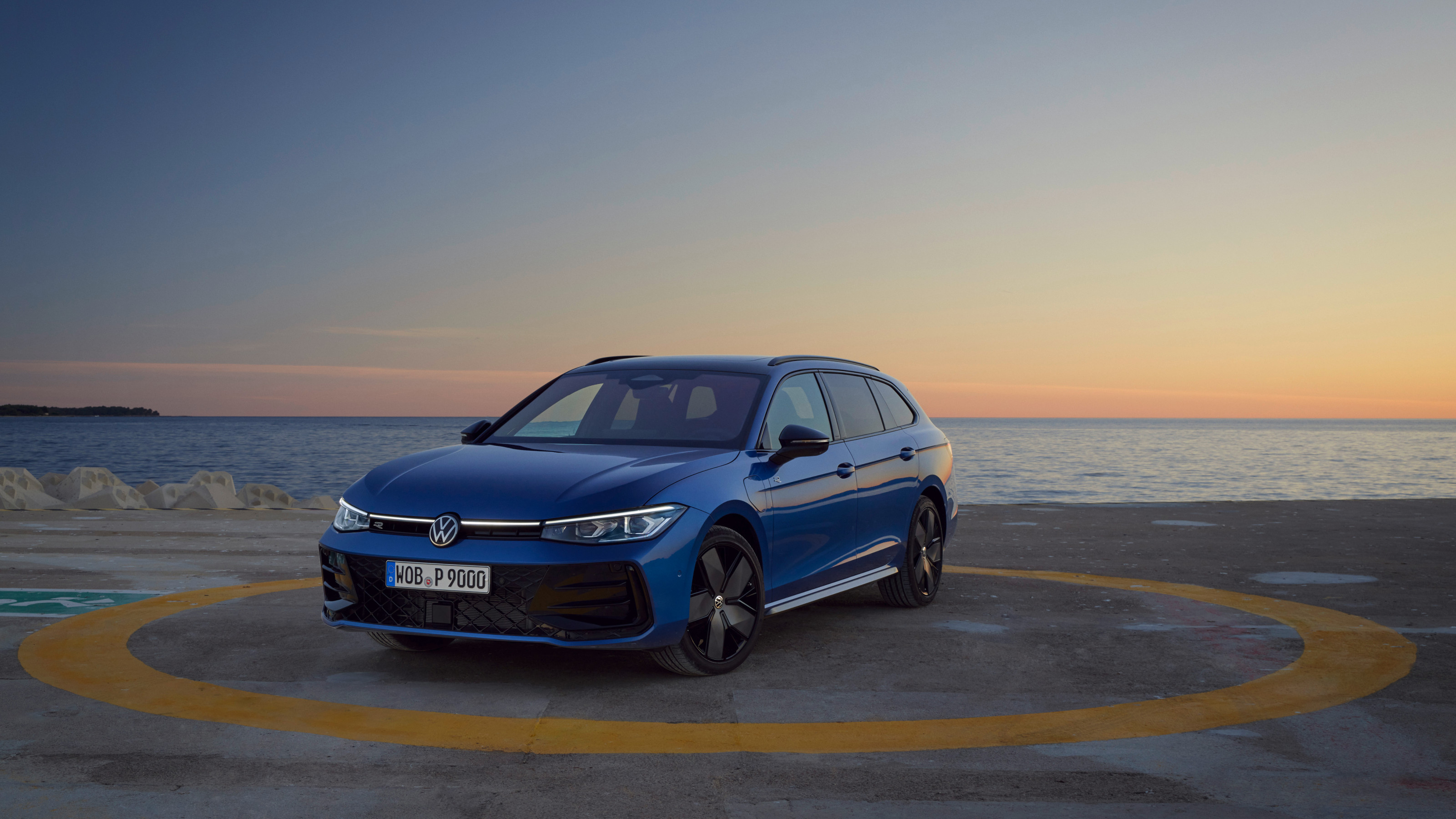 The Volkswagen Passat is a sober, straight edged estate car that feels increasingly out of time
The Volkswagen Passat is a sober, straight edged estate car that feels increasingly out of timeWhy would anyone pass on a Passat? Volkswagen’s big load lugger proves that the old ideas are still the best
-
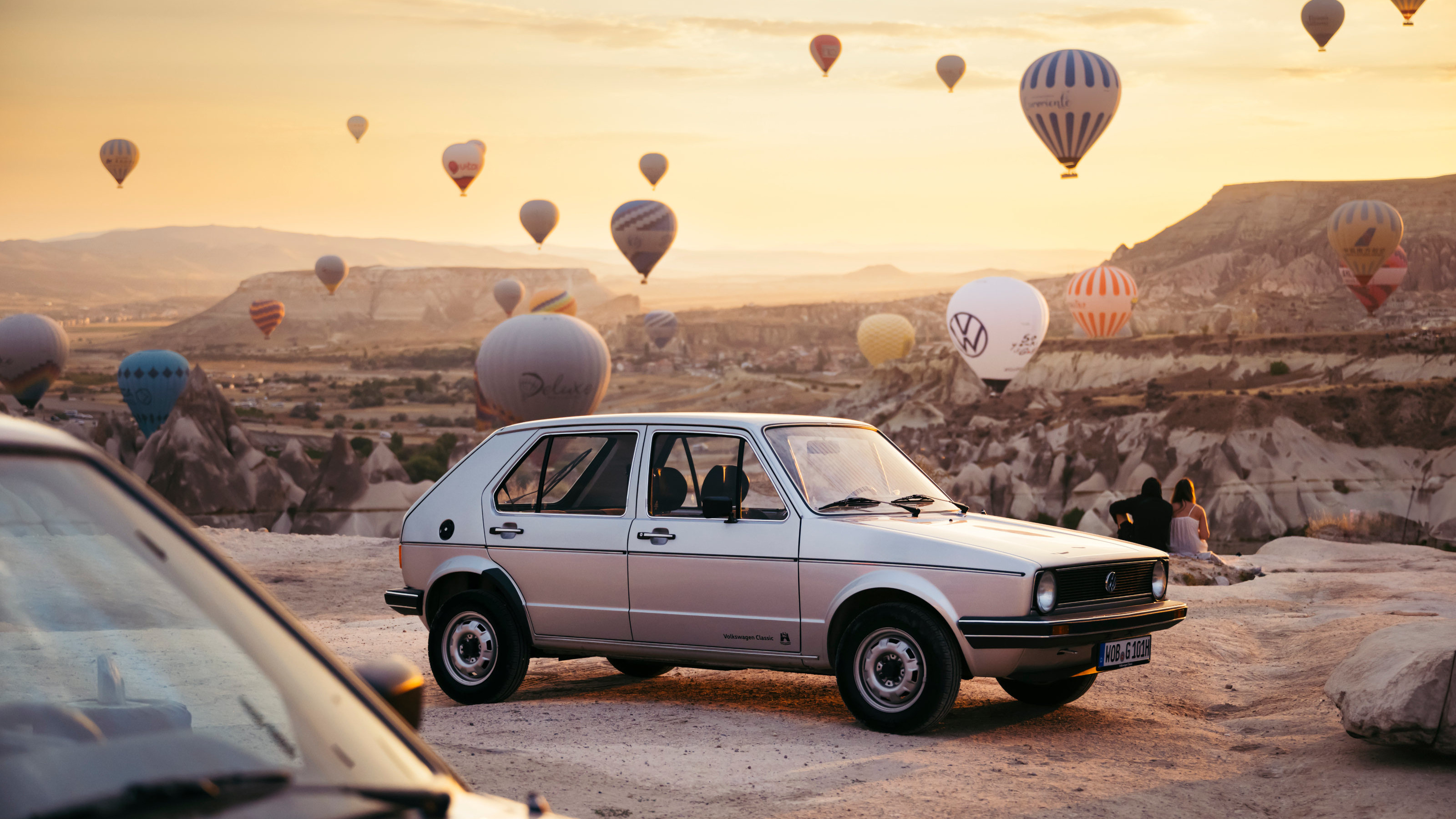 Volkswagen celebrates 50 years of the Golf, its most famous modern model, with a flight of fancy
Volkswagen celebrates 50 years of the Golf, its most famous modern model, with a flight of fancyWallpaper* travelled to eastern Turkey in search of the perfect backdrop to mark 50 years and eight generations of the evergreen VW Golf
-
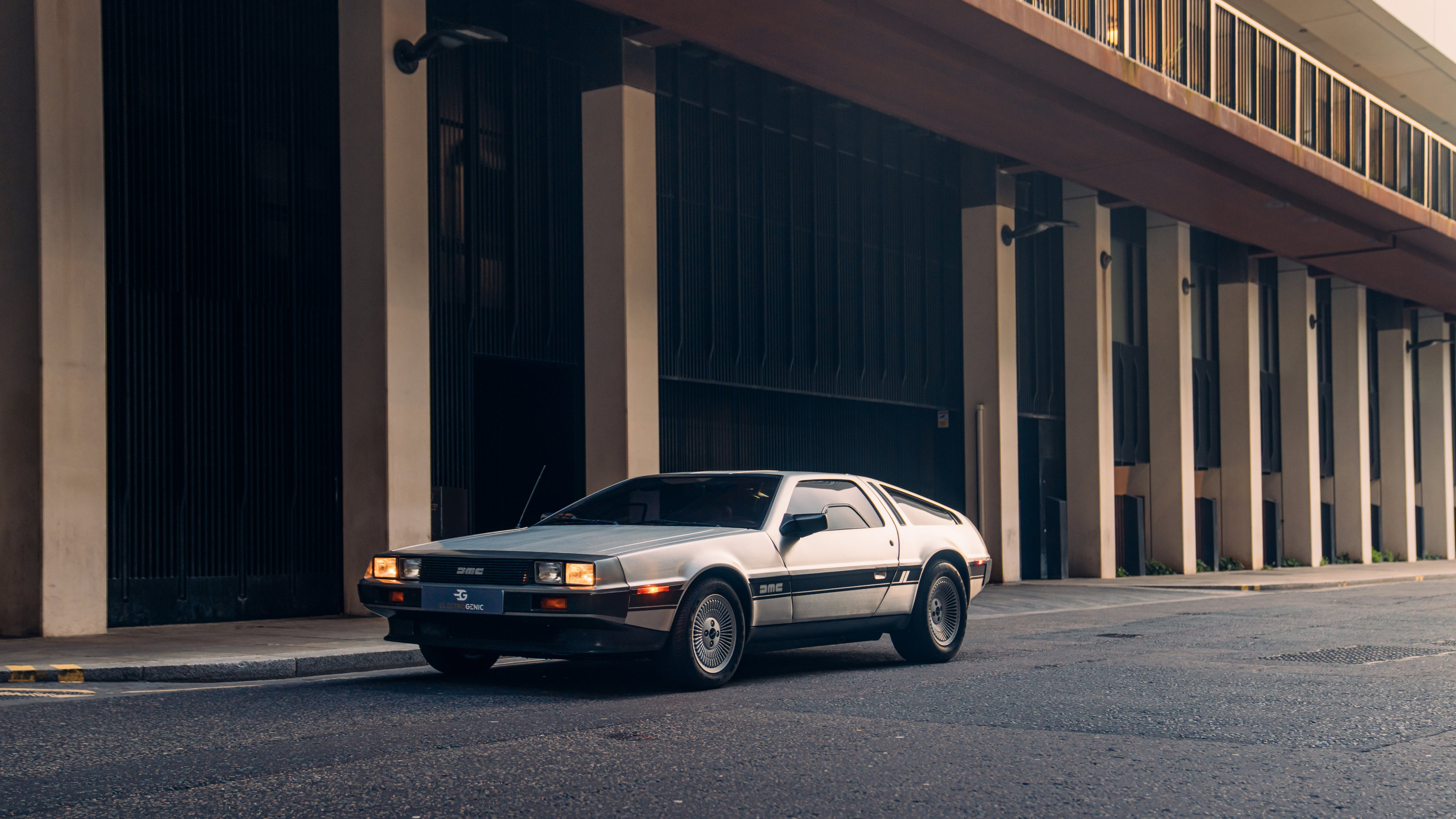 We sample the world’s first all-electric DeLorean, a stainless steel marvel for the modern age
We sample the world’s first all-electric DeLorean, a stainless steel marvel for the modern ageElectrogenic brings its brilliance with batteries and motors to bear on the iconic DeLorean DMC-12, giving this classic design the futuristic feel it deserves
-
 Bentley rolls out the latest version of its majestic grand tourer, the Continental GT Speed
Bentley rolls out the latest version of its majestic grand tourer, the Continental GT SpeedAvailable as both coupé and convertible, the fourth generation Bentley Continental GT Speed harnesses hybrid power to become a record breaker for the brand
-
 Fiat Grande Panda first look: will retro-seeking lightning strike twice?
Fiat Grande Panda first look: will retro-seeking lightning strike twice?This is the new Fiat Grande Panda, a compact hybrid and electric car that brings delightful design back to a well-loved model
-
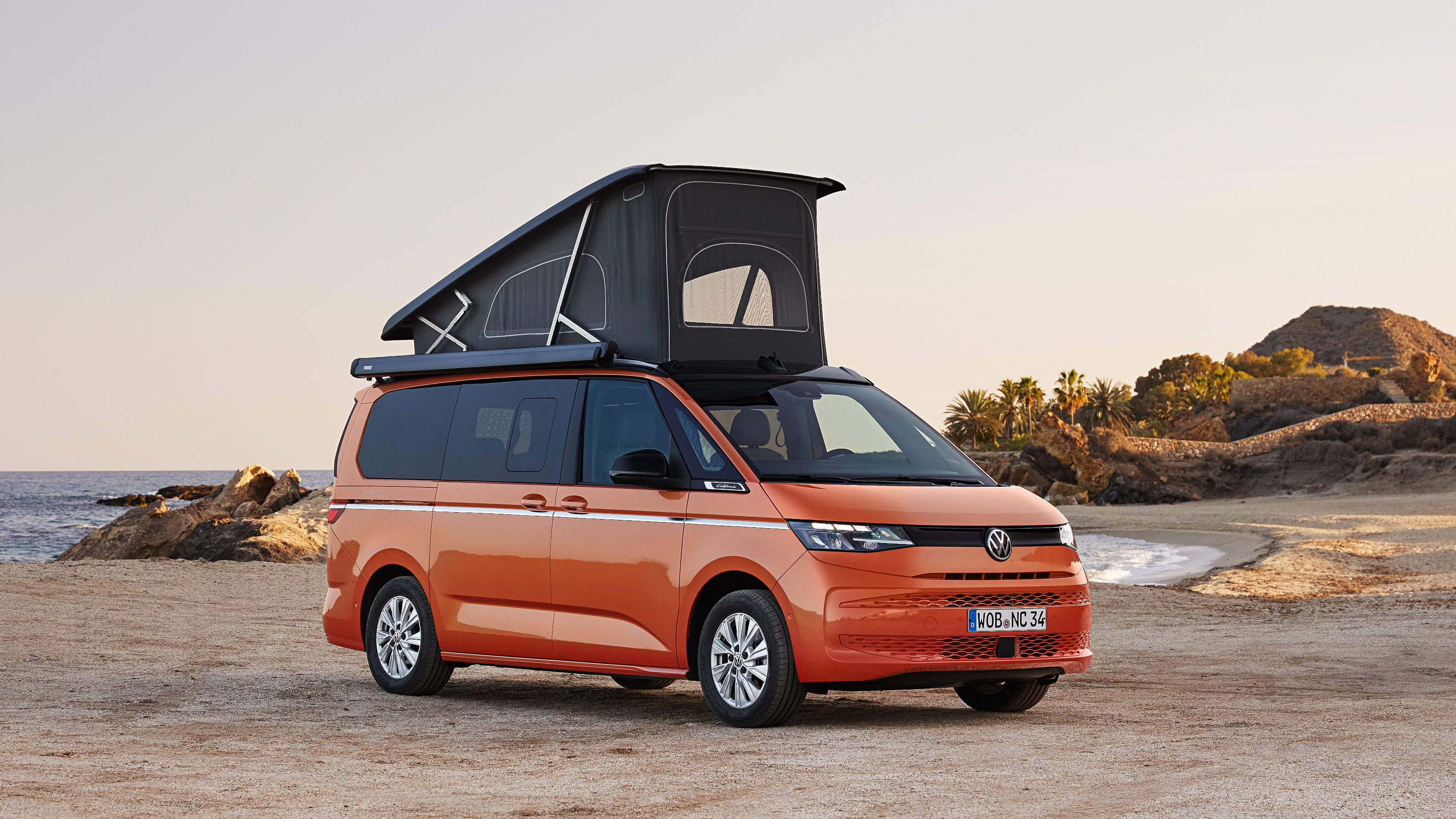 New Volkswagen California is a hybridised camper van that has it all
New Volkswagen California is a hybridised camper van that has it allThe Volkswagen New California camper van is here, the latest update to VW’s evergreen classic, bringing a larger platform, more flexibility and hybrid power for the first time